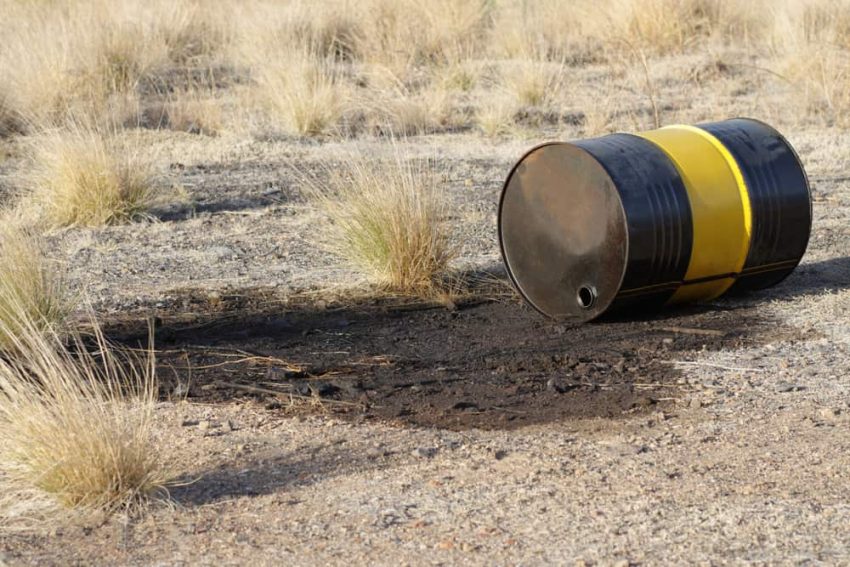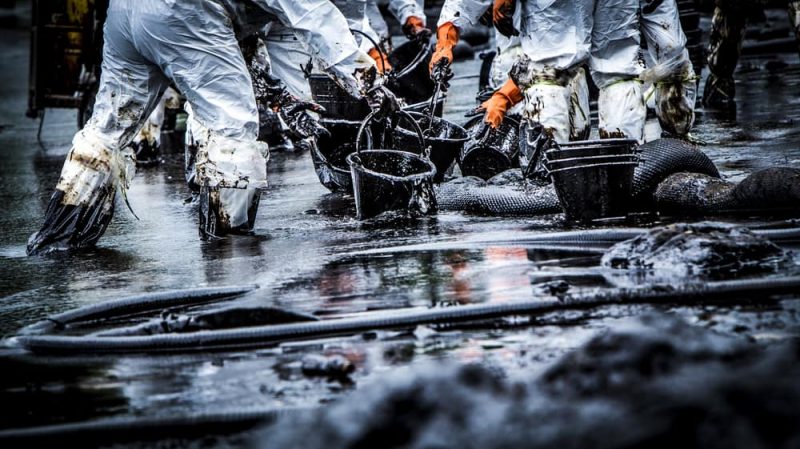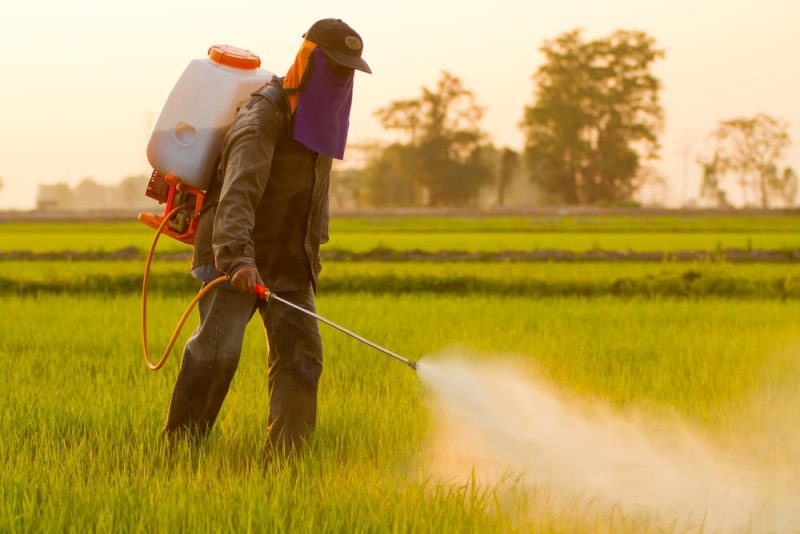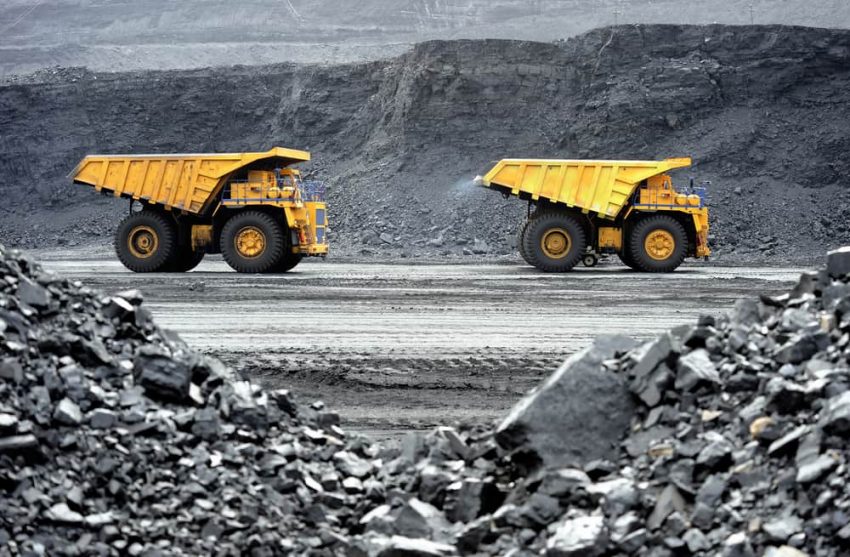The soil contamination It is produced by the accumulation of substances to levels that negatively affect the survival and development of living beings. In other words, they can affect the life of plants, animals and even man. For example: hydrocarbons, pesticides, mining.
Pollution is the presence of harmful agents in any sector of the ecosystems. Pollutants can be both organic and inorganic. There is naturally a multiplicity of substances that could be pollutants in other contexts, but which are not so in the soil. For example, organic waste from living things could contaminate a water source, but its presence is not polluting in soils.
Pollutants are first absorbed and accumulated by vegetation. In other words, they are found in higher concentrations in plants than on earth and thus are consumed by animals or humans. The process of transmission of substances (both nutritious and polluting) through the food chain is called the trophic chain.
On the other hand, substances that pollute the soil can also pass into groundwater.
Currently, the main sources of contamination are associated with socio-economic activities that generate polluting waste. However, it is important to note that there are also natural polluting factors. For example, metals contained in rocks or ash produced by volcanic contamination. They are not in the list of examples as they are not the main soil pollutants.

Pollutants from nature are called endogenous, and those from human activity are called exogenous or anthropogenic.
The incidence of each substance in soil contamination depends on various factors:
- The type of substance. The degree of concentration, the physical and chemical characteristics of the substance, its level of toxicity, the degree of biodegradability and its residence time in the soil.
- Climatic factors. Some substances that are partially biodegradable accelerate their degradation in the rainy season. However, the presence of humidity also favors the transfer of pollutants from the soil to the water.
- Soil characteristics. The soils least vulnerable to contamination are those with the highest content of organic matter and clay minerals, because they allow ionic absorption of new substances, causing their decomposition into different atoms. They also have a greater number of organisms with the ability to degrade polluting substances.
Main soil pollutants
- Heavy metals. They are toxic even in low concentrations. These pollutants are due to industrial spills and landfills.
- Pathogenic microorganisms. They are biological pollutants that can come from large concentrations of animals, for example in livestock establishments, or from landfills.
- Hydrocarbons. They are compounds made up of carbon and hydrogen atoms, which are present in the Petroleum. They also contain nitrogen, oxygen and sulfur. Hydrocarbon contamination occurs from spills in transport and loading and unloading operations, leaks from pipelines or industrial facilities, accidents.
The hydrocarbon spill affects the structure of the soil, increases its water retention capacity in the surface layer and therefore affects its water potential. In addition, hydrocarbons lower the pH of the soil, making it acidic and therefore less suitable for cultivation or the growth of wild plants. It also increases manganese, iron and available phosphorus.

- Pesticides. They are the substances that are used to destroy, combat or repel pests. They can be used during food production, storage, transportation or processing. If they are used to prevent the presence of insects, they are called insecticides. If they are used to avoid the presence of unwanted herbs. Pesticides pollute the soil when applied in plantations. More than 98% of insecticides reach places other than those intended. The same happens with 95% of herbicides. This is due, on the one hand, to the fact that the wind carries pesticides to other areas, contaminating not only the soil but also the water and air (atmospheric pollution) .On the other hand, herbicides are absorbed by the herbs that, before if they die, they can be eaten by birds. Fungicides are the class of pesticides that are used to fight fungi. They contain sulfur and copper, which are polluting substances.

- Trash. The waste created by large urban concentrations, as well as by different industries, is one of the main pollutants of the soil. Organic waste, in addition to polluting the soil, generates toxic gases that pollute the air.
- Acids. Pollutant acids in the soil come mainly from industrial activities. The discharged acids are sulfuric, nitric, phosphoric, acetic, citric and carbonic acids. They can cause salinization of soils, preventing the growth of vegetables.
- Mining. The environmental impact of mining affects the water, the air and even destroys the landscape due to the enormous movement of earth that it requires. Tailings water (the water used to dispose of mining waste) deposits mercury, arsenic, lead, cadmium, copper and other pollutants on the ground.

